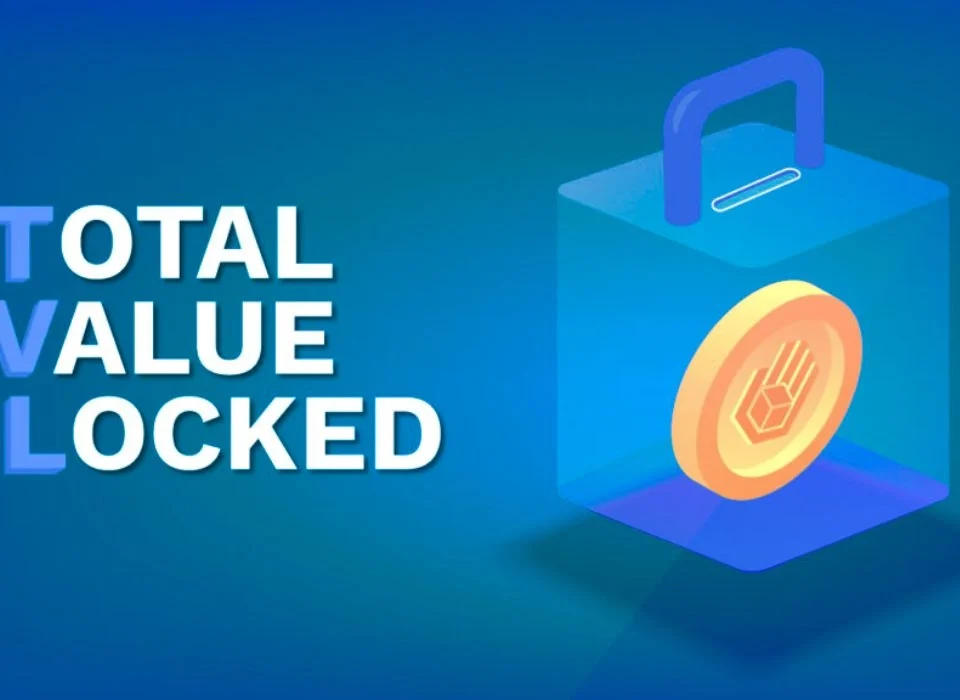
SEC’s Aggressive Policy Poses Risk to U.S. Cryptocurrency Innovation
15/05/2024
How to Use Cryptocurrency Exchanges
16/05/2024Cryptocurrency Mining: How It Works and Its Impacts
Cryptocurrency mining has become a cornerstone of the digital currency ecosystem, enabling the creation and transaction verification of various cryptocurrencies. This article delves into the intricacies of cryptocurrency mining, explaining how it works and examining its environmental, economic, and societal impacts.
Understanding Cryptocurrency Mining
At its core, cryptocurrency mining is the process through which new coins are generated and transactions are verified on a blockchain network. Mining involves solving complex mathematical problems using computational power, which in turn secures the network and ensures the integrity of transactions.
- Proof of Work (PoW): Most cryptocurrencies, like Bitcoin, use the Proof of Work consensus mechanism. Miners compete to solve cryptographic puzzles, and the first one to solve the puzzle gets to add a new block to the blockchain. This process requires significant computational power and energy.
- Mining Hardware: The hardware used for mining ranges from basic CPUs (Central Processing Units) to more advanced GPUs (Graphics Processing Units) and ASICs (Application-Specific Integrated Circuits). ASICs are specialized for mining and offer higher efficiency compared to GPUs and CPUs.
- Mining Pools: Individual mining can be highly competitive and resource-intensive, leading miners to form mining pools. In a pool, miners combine their computational resources to increase their chances of solving a block and share the rewards proportionately.
- Rewards and Halving: Miners are rewarded with newly minted coins and transaction fees for each block they successfully mine. For instance, Bitcoin undergoes a “halving” event approximately every four years, reducing the block reward by half, which impacts miners’ profitability and the overall supply of new bitcoins.
Environmental Impacts
The environmental impact of cryptocurrency mining has garnered significant attention due to its high energy consumption. Mining operations, especially those using PoW, consume vast amounts of electricity, contributing to carbon emissions and environmental degradation.
- Energy Consumption: Bitcoin mining alone consumes more energy annually than some small countries. The demand for electricity is driven by the need for powerful hardware and cooling systems to prevent overheating.
- Carbon Footprint: The environmental footprint of mining varies depending on the energy sources used. In regions where coal or other fossil fuels dominate the energy mix, the carbon footprint is significantly higher. Conversely, mining operations powered by renewable energy sources, like hydroelectric or solar power, have a lower environmental impact.
- Sustainability Efforts: To address these concerns, some mining companies are shifting towards greener practices. The use of renewable energy and more energy-efficient mining hardware are steps towards reducing the environmental impact of cryptocurrency mining.
Economic and Societal Impacts
Cryptocurrency mining also has far-reaching economic and societal implications.
- Economic Contributions: Mining can stimulate local economies by creating jobs and attracting investment. In areas with cheap electricity and favorable climates, mining operations can become significant economic drivers.
- Decentralization: Mining supports the decentralization of financial systems by allowing anyone with the necessary resources to participate in the network. This decentralization is a fundamental principle of cryptocurrencies, promoting financial inclusion and reducing reliance on traditional banking systems.
- Challenges and Controversies: Despite its benefits, mining faces several challenges and controversies. The centralization of mining power, where a few large entities control significant portions of the network’s hash rate, can undermine the decentralization ethos of cryptocurrencies. Additionally, the profitability of mining is highly volatile, influenced by factors like cryptocurrency prices, mining difficulty, and operational costs.
- Regulatory Landscape: Governments and regulatory bodies are increasingly scrutinizing cryptocurrency mining. Some countries have imposed restrictions or bans on mining due to its environmental impact and association with illicit activities. Conversely, other regions are exploring regulatory frameworks to balance economic benefits with environmental and societal concerns.
Future Outlook
The future of cryptocurrency mining is poised to evolve with technological advancements and changing regulatory landscapes.
- Technological Innovations: Advances in mining hardware and the development of alternative consensus mechanisms, like Proof of Stake (PoS), aim to reduce energy consumption and improve efficiency. PoS, for example, requires validators to hold and “stake” their coins as collateral rather than solving energy-intensive puzzles.
- Regulatory Developments: As governments worldwide grapple with the implications of cryptocurrency mining, we can expect more defined regulatory frameworks. These regulations will likely focus on mitigating environmental impacts, preventing illegal activities, and promoting sustainable practices.
- Community and Industry Initiatives: The cryptocurrency community and industry stakeholders are actively seeking solutions to address mining’s challenges. Initiatives promoting the use of renewable energy, carbon offsetting, and responsible mining practices are gaining traction.
Conclusion
Cryptocurrency mining is a complex and multifaceted process with significant technological, environmental, economic, and societal implications. While it plays a crucial role in the cryptocurrency ecosystem, it also poses challenges that require innovative solutions and regulatory oversight. As we move forward, the evolution of mining practices and technologies will shape the future of digital currencies, striving for a balance between sustainability and decentralization.
Links:



